在我们的一生中,很少有事件能与 COVID-19 大流行病的深远影响相媲美。在世界各地,国家、企业和公民的生活发生了翻天覆地的变化。各行各业和政府对数据洞察力和远程访问的需求不断增加,这为加速采用依赖于物联网的技术和自动化创造了条件。
造成这种现象的原因很多。我们需要与他人联系、会面和工作的能力,而不需要实际在一起。企业、医疗专业人员和政府需要能够通过联网设备和高速网络迅速传递的重要见解。第一响应人员需要通过可靠的通信和支持快速地将信息传递到城市。
交通管理解决方案 可以有效地改变道路上车辆的行驶方向。在本文中,我们将探讨几个例子,以及IoT 如何提供服务。
物联网:正确的时间正确的地点
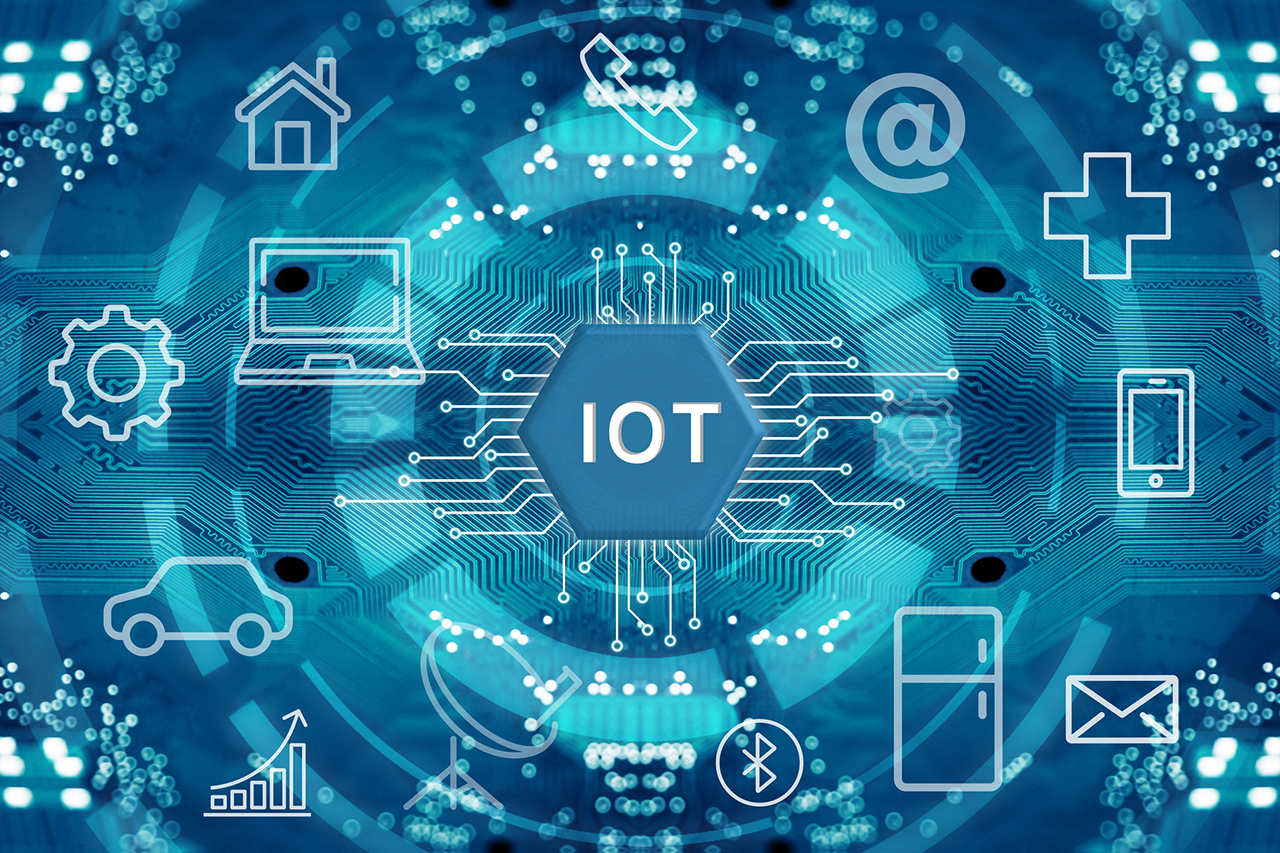 沃达丰公司在 2020 年 5 月进行了一项研究,名为 IoT 聚焦报告》旨在探讨大流行病如何影响对连接性的需求。该报告对来自美国、巴西、德国、爱尔兰、意大利、中国、日本、新加坡、韩国、印度、南非和英国的各行业领导人进行了调查。
沃达丰公司在 2020 年 5 月进行了一项研究,名为 IoT 聚焦报告》旨在探讨大流行病如何影响对连接性的需求。该报告对来自美国、巴西、德国、爱尔兰、意大利、中国、日本、新加坡、韩国、印度、南非和英国的各行业领导人进行了调查。
研究结果很有启发性。例如,研究发现,"86% 的受访者表示,IoT ,改变了他们处理分析和数据价值的方式,87% 的受访者同意,由于采用了IoT ,他们的核心业务战略发生了更好的变化"。网络在速度、可靠性和可用性方面不断进步,互联产品也在利用这种速度和吞吐量,这对那些寻求部署互联解决方案、收集关键数据并做出响应的企业来说是一大福音。
传感器可以捕捉数据,而基于云的服务可以传输这些数据,从而帮助最大程度地实现保持经济运行的人员密集型任务的自动化。这包括快速检查到访客户的体温、监控运输途中食品和药品的货物温度,以及在需要采取行动时发送工作票据等一切工作。
IoT 远程医疗技术可以通过远程医疗改善医疗保健,提供供应链各个方面的可见性,并减少为完成工作而进行实际接触的需要。其结果包括提高公众健康水平、促进个人和企业的经济活动,以及对远处发生的事件做出实时决策并远程执行这些决策的能力。
互联健康:移动医疗/健康监测
 在 COVID-19 大流行的整个过程中,根据公共卫生官员和医疗专家的建议,许多人推迟了例行的医疗服务,如年度体检、筛查和非急诊。虽然这种做法对于防止临床医生和医疗机构在关键月份超负荷工作至关重要,但专家们一致认为,不能无限期地推迟这类护理。
在 COVID-19 大流行的整个过程中,根据公共卫生官员和医疗专家的建议,许多人推迟了例行的医疗服务,如年度体检、筛查和非急诊。虽然这种做法对于防止临床医生和医疗机构在关键月份超负荷工作至关重要,但专家们一致认为,不能无限期地推迟这类护理。
远程医疗解决方案 将硬件、软件和连接性结合在一起,以全新的方式将病人和医生联系在一起,改善公众健康。Digi 解决方案将医院、医疗机构和其他保健设施与远程病人在家中连接起来,具有完全的安全性和 HIPAA 合规性,以实现快速护理和更好的病人治疗效果。以下是 Digi 如何实现远程远程医疗:
- 实时远程监控:在设备之间轻松传输数据,并提供诊断服务。
- 设备的可靠性和使用寿命:通过连接关键资产,Digi 可以将临床操作的洞察力提高到一个新的水平,使医务人员更容易监控和维护关键设备。
- 访问远程系统:利用易于部署的蜂窝路由器解决方案实时访问家庭医疗系统。
- 更快上市:利用基于 ARM 的智能系统和经过认证的射频解决方案,大大加快医疗设备的开发时间。
- 降低运营成本:通过在远程位置使用无线系统和传感器,减少维护工作并提高效率。
安全、可靠的网络性能对于医疗保健服务而言从未如此重要。当生命和健康受到威胁时,数据完整性责任重大。Digi 的企业路由器和网关可为关键数据传输提供安全可靠的连接。
联系人追踪:阻止传播
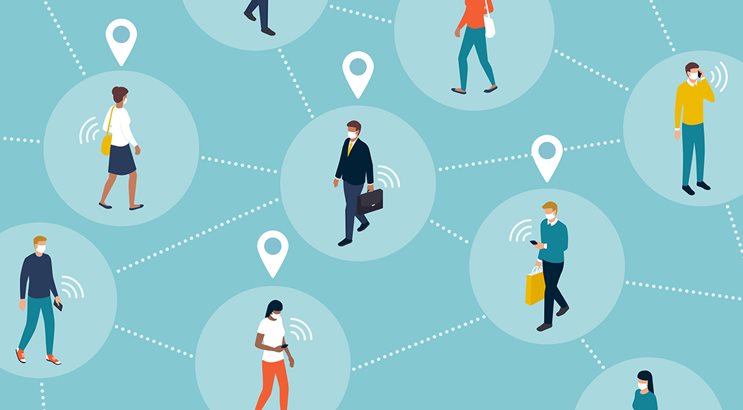 应对 COVID-19 大流行病的主要措施之一是实施 联系追踪 以追踪病毒传播情况,并将接触情况告知市民,以便他们及时采取行动。接触追踪可以识别小规模疫情,防止其发展成更大规模的疫情群,从而保护工人、学生和其他人的安全。
应对 COVID-19 大流行病的主要措施之一是实施 联系追踪 以追踪病毒传播情况,并将接触情况告知市民,以便他们及时采取行动。接触追踪可以识别小规模疫情,防止其发展成更大规模的疫情群,从而保护工人、学生和其他人的安全。
IoT 可在联系人追踪方面发挥重要作用。传感器可以利用附近移动设备(已选择加入)的 MAC 地址捕获大量细粒度数据。随后,蜂窝路由器可将这些数据通过云安全地传输到中央服务器,在那里,先进的分析技术可识别风险敞口、精确定位潜在热点并提供预测性见解。
疫苗和药品的监测与交付:冷链
 IoT 和机器对机器的通信在向全球分发 COVID-19 疫苗的供应链挑战中发挥着至关重要的作用。预防和治疗病毒的疫苗和药品不仅需要在全球范围内大规模分发,而且对温度非常敏感。因此,自动化工具--例如用于监控温度和湿度条件并确保敏感材料从实验室到患者整个过程完整性的传感器--至关重要。
IoT 和机器对机器的通信在向全球分发 COVID-19 疫苗的供应链挑战中发挥着至关重要的作用。预防和治疗病毒的疫苗和药品不仅需要在全球范围内大规模分发,而且对温度非常敏感。因此,自动化工具--例如用于监控温度和湿度条件并确保敏感材料从实验室到患者整个过程完整性的传感器--至关重要。
Digi 的 SmartSense 解决方案为实验室、药房、医院以及在世界各地运输这些重要物资的车辆提供实时温度监控解决方案、重要见解和警报以及任务管理。这些解决方案是供应链术语 "冷链 "的一部分。Digi 解决方案有助于支持疾病预防控制中心(CDC)的《疫苗储存指南》(2016 年),以及药房委员会的各种标准和卫生部的《儿童疫苗》要求。
利用易于安装的手持探头、无线传感器、网关和软件,制药商、运输提供商和医疗机构可以自动监控和记录温度数据,以保持疫苗的完整性。Digi 解决方案可以每 15 分钟采集一次温度数据,而不仅仅是在到达目的地时采集,并自动生成报告,从而消除了繁琐的人工流程和不准确性。
在家工作:安全至关重要
 大流行病带来的最普遍趋势可能是远程工作人数的爆炸性增长。沃达丰公司的报告发现,"84% 的公司认为物联网 (IoT) 确保了他们在大流行病期间的业务连续性。它帮助他们与客户、供应商和员工保持联系"。
大流行病带来的最普遍趋势可能是远程工作人数的爆炸性增长。沃达丰公司的报告发现,"84% 的公司认为物联网 (IoT) 确保了他们在大流行病期间的业务连续性。它帮助他们与客户、供应商和员工保持联系"。
Digi 的情况也是如此,我们的全体员工很快就转向了 在家工作模式.这就需要可靠的网络解决方案,为所有员工提供安全的 VPN,以及远程系统管理工具和用于团队通信的云解决方案,而我们的 IT 团队已经做好了准备。
如今,许多拥有远程员工的公司面临的挑战是,消费者/住宅 Wi-Fi 不能满足保护专有数据和机密内部通信的企业标准。最强大的解决方案可为员工提供集中管理的蜂窝连接,这种连接具有高度可靠性、安全性和稳健性。
这是一项艰巨的任务,给企业 IT 部门带来了巨大的压力,因为他们既要努力为远程工作人员提供可靠的连接,又要管理日益加剧的安全风险。企业、学校和政府机构都需要全面的方法,包括从物理安全和多因素身份验证到虚拟专用网络和远程地点的连接。更重要的是,他们还需要解决方案来高效地远程管理这一切。
Digi 的蜂窝扩展器可提供由企业 IT 调配和管理的连接,并具备加密、防火墙和 VPN 功能以及各种安全协议。这意味着员工可以像往常一样开展业务,而不会有任何在线安全或安保风险。
应急响应和交通管理
 随着人们对突发公共事件认识的提高,第一反应人员对清晰通信的需求以及他们在城市道路上高效穿行的能力变得尤为突出。这是IoT 另一个快速增长的领域。 Digi FirstNet Ready™ 蜂窝路由器 可为集中式交通管理提供通信,以保持交通畅通和应急车道畅通,并为急救人员提供优先和先发制人的通信。同时 Digi Remote Manager® 提供的管理平台可随时监控每台设备,执行大规模固件更新,并在带外安全地连接其他远程设备,以排除故障。
随着人们对突发公共事件认识的提高,第一反应人员对清晰通信的需求以及他们在城市道路上高效穿行的能力变得尤为突出。这是IoT 另一个快速增长的领域。 Digi FirstNet Ready™ 蜂窝路由器 可为集中式交通管理提供通信,以保持交通畅通和应急车道畅通,并为急救人员提供优先和先发制人的通信。同时 Digi Remote Manager® 提供的管理平台可随时监控每台设备,执行大规模固件更新,并在带外安全地连接其他远程设备,以排除故障。
2020 年 纽约市完成了大规模IoT 项目的推广工作.他们获奖的智能交通管理系统包括在五个行政区的每个街角部署 Digi 蜂窝设备。单击链接了解有关该项目的更多信息及其年度杰出智能交通系统项目奖。
IoT 的投资回报率和下一步行动
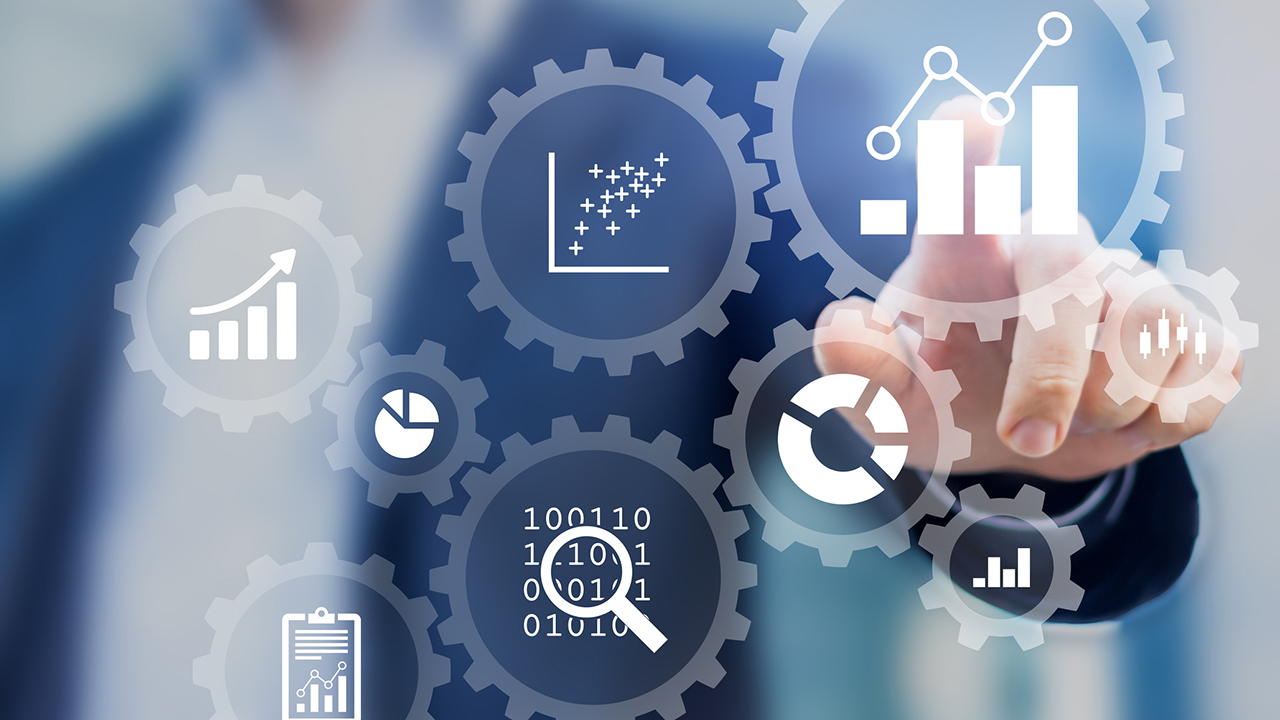 对企业、行业、政府和医疗机构来说,最重要的启示之一是,在以下方面存在巨大的潜力 实施物联网的投资回报率 战略。沃达丰的研究报告指出:"IoT ,95% 的受访者看到了积极的投资回报,从而继续产生真正的商业价值。IoT 的优势主要体现在两个方面:提高运营效率和创造新的互联产品和服务"。让我们来看看这两个用例。
对企业、行业、政府和医疗机构来说,最重要的启示之一是,在以下方面存在巨大的潜力 实施物联网的投资回报率 战略。沃达丰的研究报告指出:"IoT ,95% 的受访者看到了积极的投资回报,从而继续产生真正的商业价值。IoT 的优势主要体现在两个方面:提高运营效率和创造新的互联产品和服务"。让我们来看看这两个用例。
IoT 和运行效率
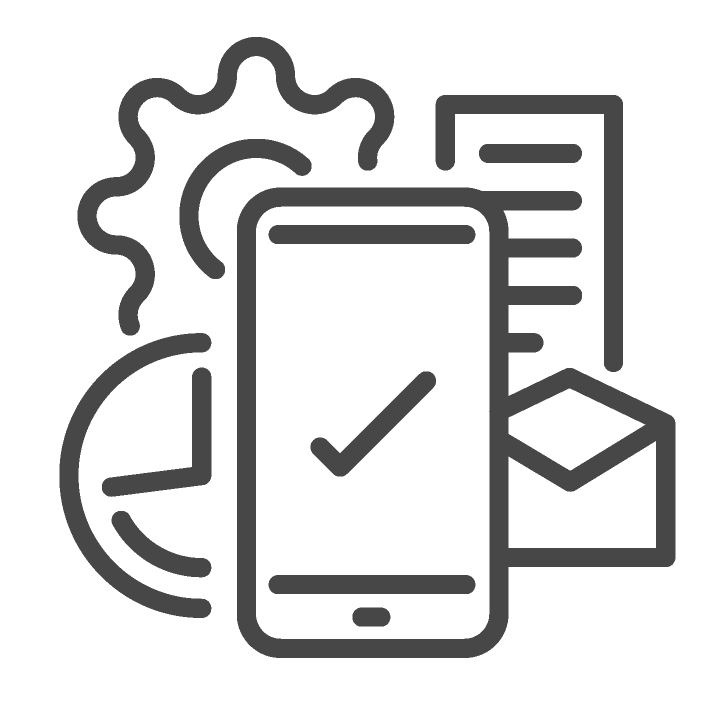 有了IoT ,人工流程可以实现自动化。工作人员可以专注于创造成果的活动,而不是乏味的数据分析、手动报告或从一个部署地点开车到另一个部署地点检查系统是否运行正常。这些任务正是IoT 的优势所在,也是人类往往效率低下、成本高昂且容易出错的地方。
有了IoT ,人工流程可以实现自动化。工作人员可以专注于创造成果的活动,而不是乏味的数据分析、手动报告或从一个部署地点开车到另一个部署地点检查系统是否运行正常。这些任务正是IoT 的优势所在,也是人类往往效率低下、成本高昂且容易出错的地方。
不仅如此,作为 奥的斯电梯 和其他以设备为基础的公司已经发现,部署IoT 解决方案进行预测性维护意味着数据会以正确的形式在正确的时间到达您的手中。工人可以在故障发生前收到可能导致故障的事件通知,IoT 解决方案可以与业务系统集成,触发工单等流程。
这些解决方案由以下连接解决方案驱动 蜂窝路由器以及IoT 管理解决方案,如 Digi 远程管理器它提供洞察力、安全管理以及远程监控和更新任何规模网络的能力。
IoT 及互联产品和服务
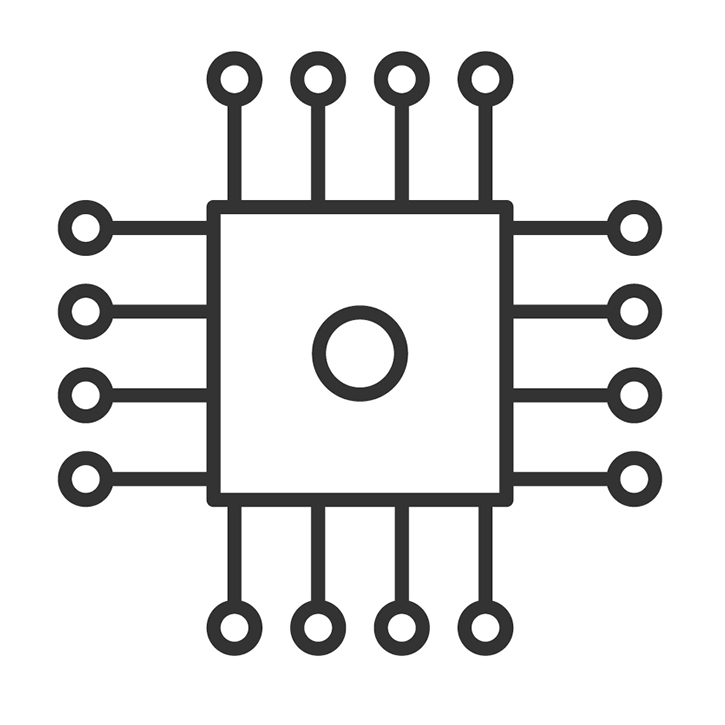 正如我们已经讨论过的,互联产品能在您需要的时间和地点快速提供数据见解。它们能够 边缘计算这不仅能提高网络效率,还能确保只有关键数据才能传送给工作人员和管理员。此外,它们还能触发重要的流程,否则这些流程就需要人在正确的时间出现在正确的地点。
正如我们已经讨论过的,互联产品能在您需要的时间和地点快速提供数据见解。它们能够 边缘计算这不仅能提高网络效率,还能确保只有关键数据才能传送给工作人员和管理员。此外,它们还能触发重要的流程,否则这些流程就需要人在正确的时间出现在正确的地点。
从医疗保健、农业到智能城市应用、工业自动化、交通管理和运输系统,这一重要功能推动着IoT 在当今各行各业的应用。
例如 Digi 客户 他们开发了创新的应用程序,以满足各种需求:
一切从嵌入式解决方案 IoT 应用开发工具开始,这些工具旨在帮助加快开发速度,缩短产品上市时间。
下一步计划IoT
 物联网还很年轻,但发展势头迅猛。事实上,随着联网设备网络变得越来越大、越来越无处不在,以及人工智能、机器学习和 5G 等支持技术的成熟,我们会越来越多地听到 "大规模IoT"这个词。
物联网还很年轻,但发展势头迅猛。事实上,随着联网设备网络变得越来越大、越来越无处不在,以及人工智能、机器学习和 5G 等支持技术的成熟,我们会越来越多地听到 "大规模IoT"这个词。
财富》商业洞察 IoT 的增长做出了如下预测:"2019年全球物联网(IoT )市场规模为2507.2亿,预计到2027年将达到14631.9亿,预测期内年复合增长率为24.9%"。
一些真正的驱动因素是效率、成本节约和其他投资回报率指标,通过减少人工流程、降低资源使用和预测性维护来避免代价高昂的停机时间甚至灾难性的设备故障,一系列企业和行业都可以实现这些目标。
此外,还有市场需求。COVID-19 大流行证明了解决问题的互联解决方案的重要性,例如无触摸和低触摸交互式显示器、免提零售支付流程以及无需触摸表面的交通旋转门。工业 4.0 和自动化也将极大地推动互联技术的应用。开发人员拥有参与这些趋势的巨大机会。
Digi 可以帮助您定义、开发和部署互联解决方案
希望为您的企业或市政当局引进新一代技术?请联系我们。Digi 专家可以帮助您确定设计或部署的目标,完成现场调查,并采购所需的所有组件。我们的团队甚至还提供专业的无线设计、应用程序开发和部署服务。